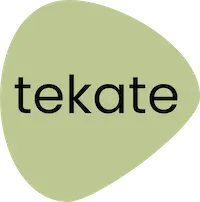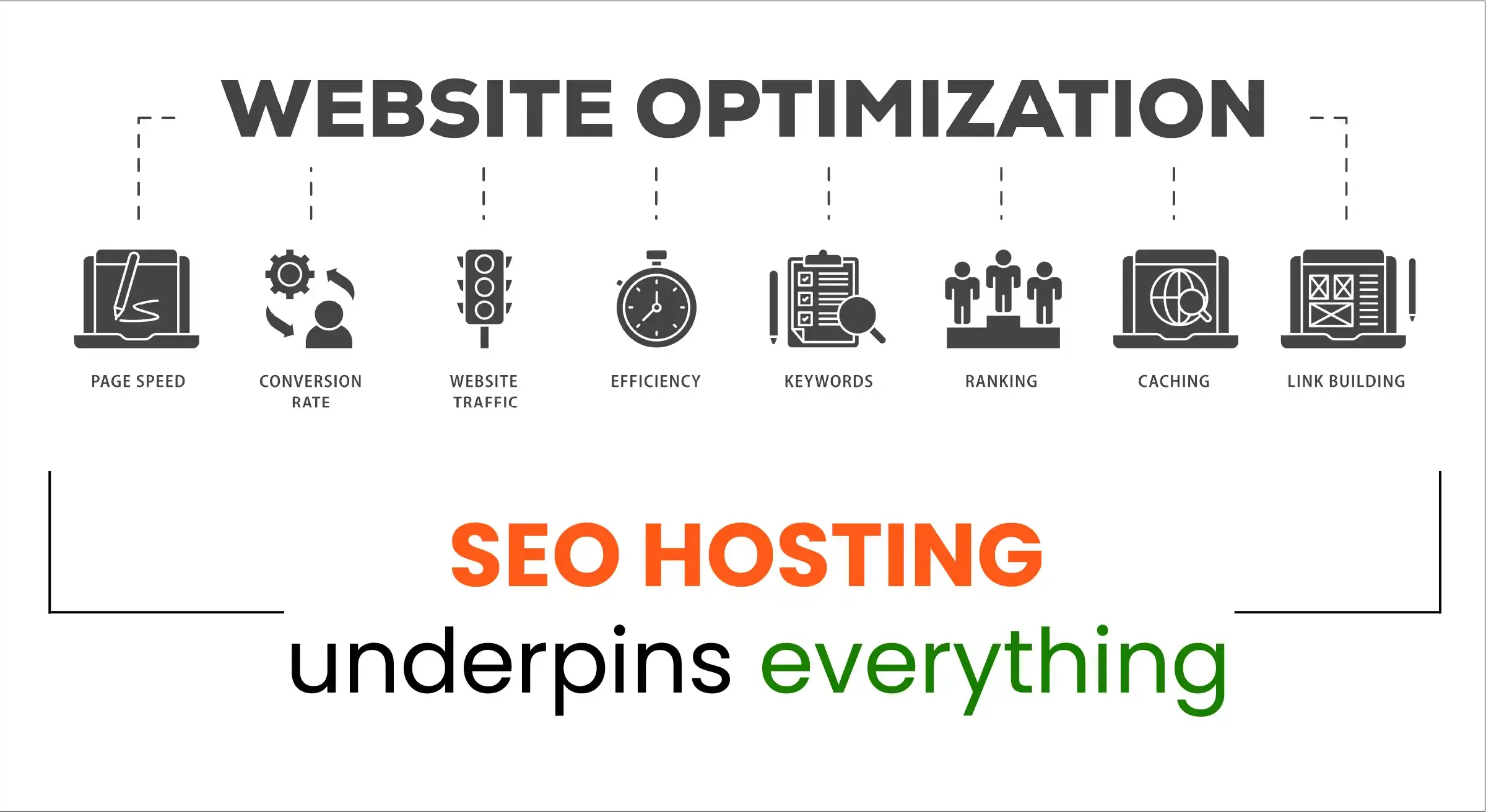Website speed is no longer a luxury. For many businesses, it’s the difference between a customer staying or bouncing, between ranking on the first page of Google or being buried out of sight.
Yet time and again, we meet companies running their sites on generic shared hosting, or Apache setups that were never designed for today’s web. The results are predictable: sluggish load times, erratic performance at peak traffic, and frustrated users.
At Tekate, we wanted something different. We needed hosting that could support not only brochure websites, but also complex workflow applications, high-traffic e-commerce stores, and WordPress sites with heavy plugin usage. We also wanted to do it sustainably, without wasting unnecessary electricity on the problem.
The answer was to build a hosting stack from the ground up — tuned for speed, resilience, and efficiency.
Why Traditional Hosting Falls Short
For most businesses, hosting is invisible until it goes wrong. But underneath the surface, there are real limitations:
- Shared hosting bottlenecks – multiple customers fighting for the same resources.
- Apache overhead – powerful but bloated, consuming CPU cycles on tasks that OpenLiteSpeed handles more efficiently.
- x86 inefficiency – older architecture that burns through power for the same workload an Ampere Arm server can handle at half the energy cost.
- One-size-fits-all databases – single-instance MySQL setups that become a single point of failure.
These setups can work for small sites. But when performance and reliability really matter, they start to crumble.
Building Something Better
Instead of accepting those limits, we designed a stack optimised for the workloads we actually see. Here’s what that looks like:
1. OpenLiteSpeed Web Server
We chose OpenLiteSpeed (OLS) over Apache or Nginx because it gives us:
- Event-driven architecture – able to handle thousands of concurrent connections with lower memory usage.
- Built-in caching – page caching at the server level, faster than most WordPress plugins.
- HTTP/3 & QUIC support – out of the box, improving performance on mobile and poor connections.
For WordPress in particular, OLS consistently benchmarks faster than Apache.
2. Ampere AArch64 Machines
Most hosts still rely on x86 CPUs. We didn’t. We deploy on Ampere Altra (Arm-based) processors running in Oracle’s London data centre. Why?
- More performance per pound – higher core counts at lower cost.
- Energy efficiency – less electricity per request, a win for both costs and sustainability.
- Scalability – each VM can be tuned with flexible vCPU and memory allocations.
It means we can offer high performance without charging enterprise-level hosting fees.
3. Oracle Linux + MySQL Replication
Our servers run on Oracle Linux for stability and long-term support. For databases, we use high-availability MySQL and MariaDB, always with replication across nodes. That ensures:
- Failover resilience – one server can take over if another fails.
- Better read performance – queries spread across replicas.
- Safety for business-critical data.
4. Cloudflare DNS & CDN
On top of the server stack, we run all sites through Cloudflare. That adds:
- Edge caching for global speed.
- DDoS protection and security filtering.
- Smart DNS with low-latency routing.
Together, these layers ensure that content loads quickly, regardless of whether your customer is in London, Sydney, or New York.
Real-World Performance
Benchmarks are one thing — but what matters is how sites behave in practice. On our platform, we’ve seen:
- WordPress sites load in under one second, even with heavy page builders like Divi or Elementor.
- 40% faster response times compared to equivalent Apache setups.
- Reduced server load by 30–40% under traffic spikes thanks to OLS caching.
- Greater uptime with monitoring and replication — even during maintenance windows.
One client migrated from a well-known UK shared hosting provider where their WooCommerce store struggled to handle traffic. After moving to Tekate’s stack, the same site handled Christmas sales with ease, loading faster while running more transactions.
Why Speed Isn’t Just About Technology
It’s tempting to think of hosting purely in technical terms — cores, memory, benchmarks. But speed is really about business outcomes:
- SEO impact – Google rewards fast sites in its ranking.
- Conversion rates – studies show every extra second of delay can reduce conversions by 7%.
- User trust – slow sites feel unreliable, and that perception matters.
- Energy efficiency – running on efficient Ampere servers reduces both costs and carbon footprint.
Fast hosting isn’t vanity. It’s a competitive advantage.
Lessons Learned Along the Way
Building this stack wasn’t about picking the newest tools. It was about asking: what actually matters for our clients?
- WordPress needs server-level caching, not another plugin.
- Workflow apps need resilient databases, not single points of failure.
- Modern hosting needs efficiency, not brute force.
We didn’t just want to host sites. We wanted to host them well — in a way that makes them faster, safer, and more future-proof.
Looking Ahead
The web will only get heavier — more scripts, more integrations, more demand for real-time features. That makes a fast, resilient hosting base more critical than ever.
Our stack isn’t finished; it’s constantly evolving. We’re already testing:
- Automated scaling for traffic spikes.
- Edge AI integrations for image optimisation and personalisation.
- Deeper observability tools to spot bottlenecks before users notice them.
However, the principle remains the same: hosting should make applications faster, not hinder them.
Final Reflection
When we built our hosting stack, it wasn’t about chasing the latest trend. It was about solving the real-world frustrations we saw in our clients’ sites: slow load times, admin bottlenecks, and fragile databases.
By combining OpenLiteSpeed, Ampere servers, Oracle Linux, MySQL replication, and Cloudflare, we created a platform that consistently delivers faster, more reliable WordPress and workflow applications.
And in doing so, we proved a simple point: when hosting is done right, it becomes invisible. The only thing users notice is that everything just works — and it works fast.

